Whilst trying to definitively create a top 10 list or rate one individual as more successful than another in an industry as subjective as Indigenous Art seems like an exercise in futility, there are some standard measurements we can use.
One of these is the price artworks sold for and another is their success through the large auction houses.
If we were to use this a measuring stick one artist stands quite clearly at the top of the mountain and it may be a surprise to many who know their Aboriginal Art!
So if we look at the top 10 prices paid at auction for Aboriginal Artworks, one artist dominates the others, Rover Thomas!
Rover Thomas might not have the most expensive price paid but he does have has 4 of the top 10 spots which is remarkable!
He actually has 6 of the top 13! Just under 50%!
He is also clearly the top grossing Indigenous artist in the top 10 and also the top 100.
A remarkable man and amazing artist who along with Queenie McKenzie and Jack Britten pioneered the traditional ochre way of painting which has been used for tens of thousands of years through rock and body art.


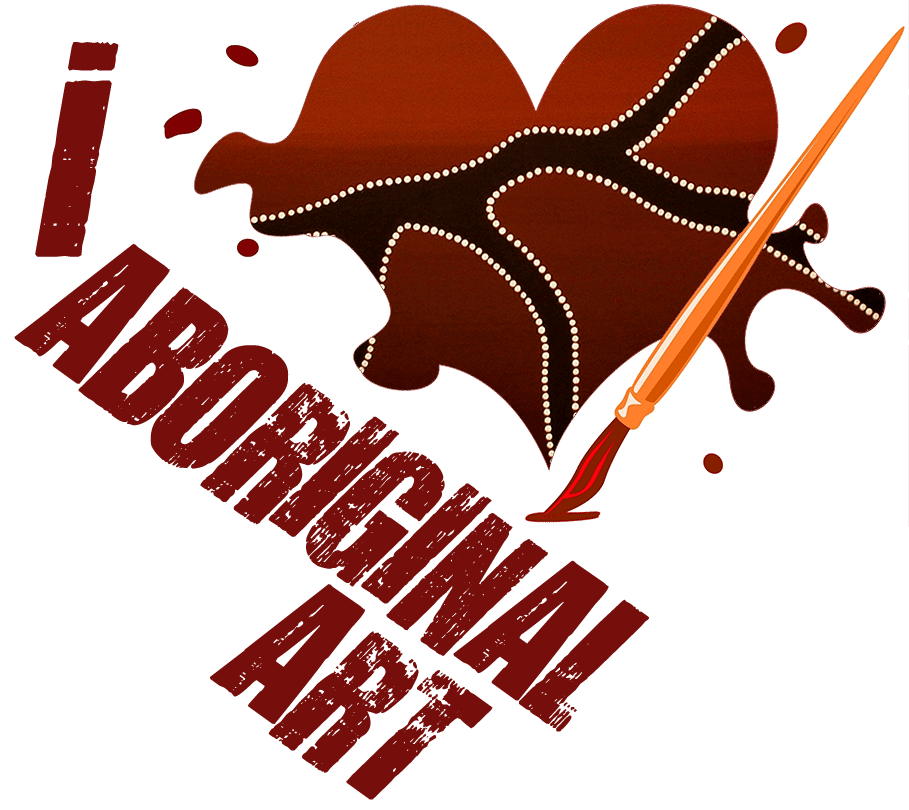
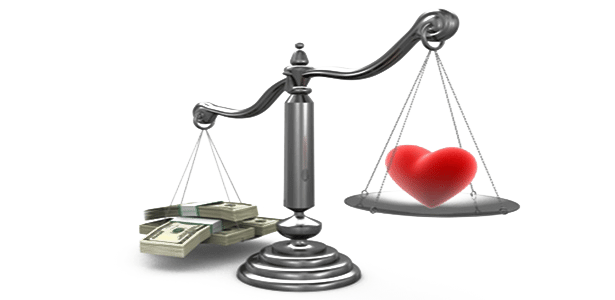
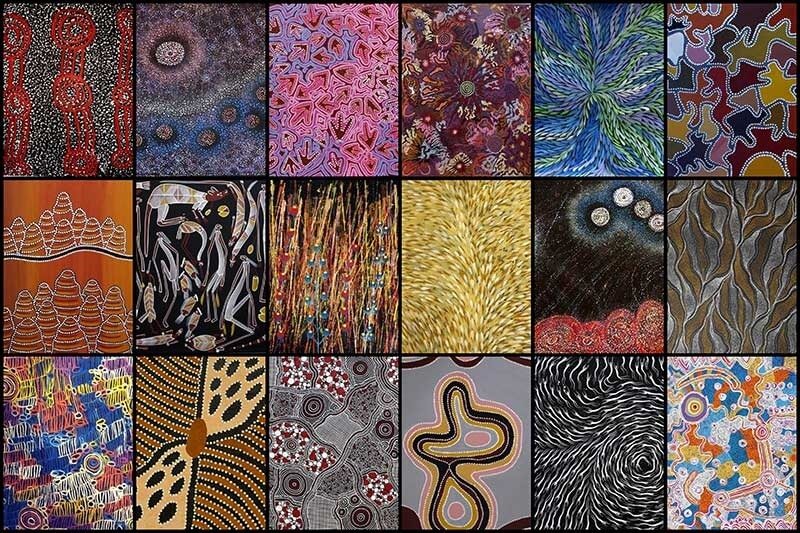

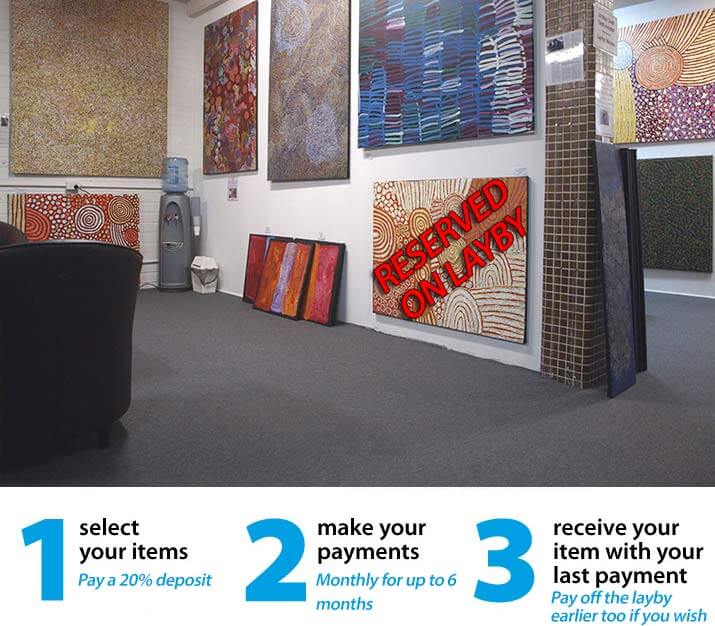 5. Lay-by is better than a compromise
5. Lay-by is better than a compromise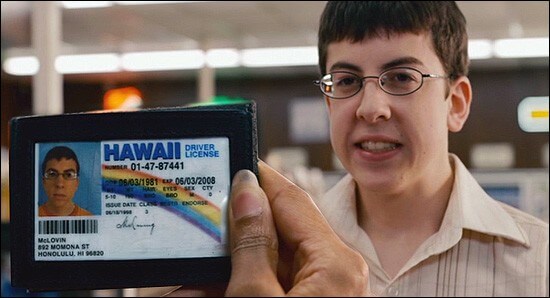 6. Avoiding fakes
6. Avoiding fakes
 8. Don’t buy based on age or estimated lifespan
8. Don’t buy based on age or estimated lifespan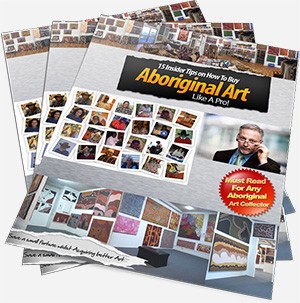
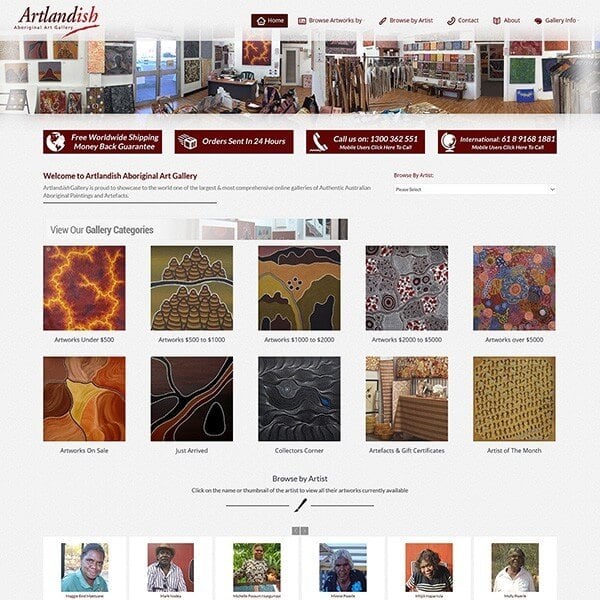 This week sees the launch of the new Artlandish online gallery shopping website!
This week sees the launch of the new Artlandish online gallery shopping website!